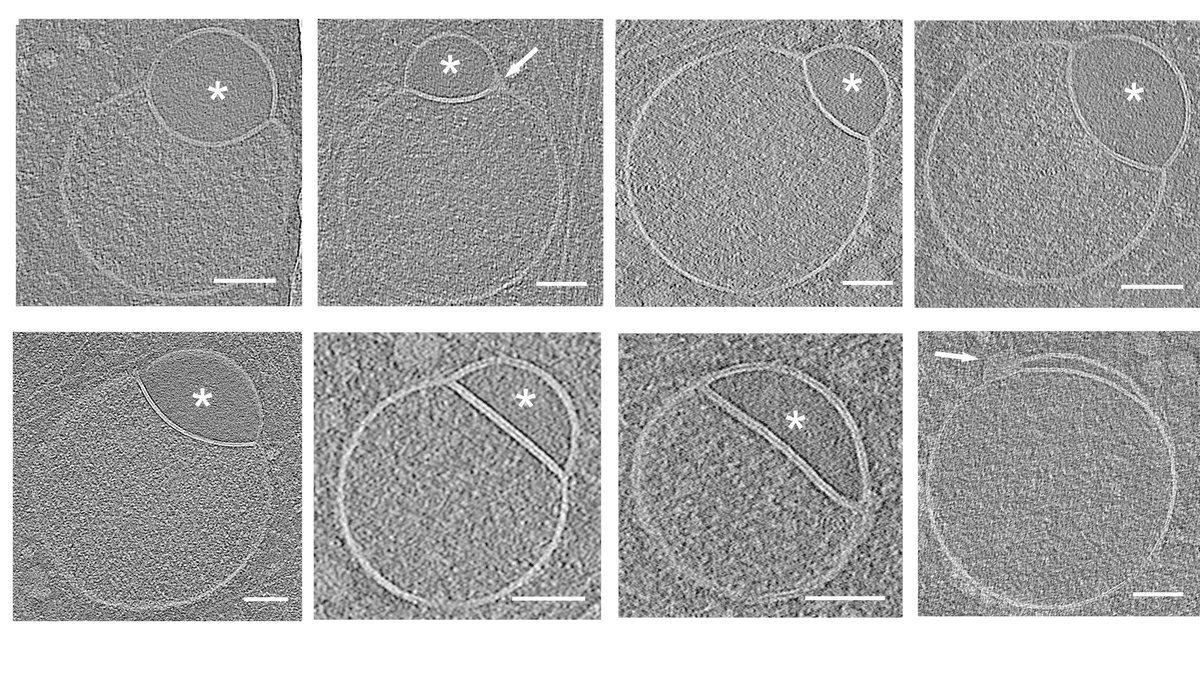
Imagine you open up the hood of your car and take a look inside. You see an engine, the battery, various fluid reservoirs; all the normal stuff… and then it catches your eye. An extra component, never noticed before – but evidently doing something as it chugs away in front of you.
That’s basically what happened to a team of researchers from the University of Virginia School of Medicine and the National Institutes of Health recently – except on a minute scale. They’ve discovered a previously unknown organelle – that is, a specialized structure that performs some specific function – inside human cells. The team named it the “hemifusome”, and in a paper published just last month, they’ve explained what makes it so important.
“This is like discovering a new recycling center inside the cell,” said study author Seham Ebrahim, a researcher in UVA’s Department of Molecular Physiology and Biological Physics, in a statement. “We think the hemifusome helps manage how cells package and process material, and when this goes wrong, it may contribute to diseases that affect many systems in the body.”
It all comes down to vesicles – “like little delivery trucks inside the cell,” Ebrahim explained. These are the Swiss Army knife of the cell, acting variously as a mixing bowl for chemical reactions, a storage facility for food and enzymes, a disposal and recycling system for cellular debris, and a host of other functions.
In amongst all this, the newly discovered hemifusome “is like a loading dock,” Ebrahim said, where the vesicles “connect and transfer cargo. It’s a step in the process we didn’t know existed.”
That extra step, however, might hold a key for better understanding certain genetic conditions, many of which stem from problems in how cells handle that “cargo”. With further research, the team hope to better understand precisely what the hemifusome’s role is within this system – as well as what happens when things go wrong.
Figure that out, and the next step may well be a new approach to treatments for a whole range of serious genetic disorders.
“This is just the beginning,” Ebrahim said. “Now that we know hemifusomes exist, we can start asking how they behave in healthy cells and what happens when things go wrong. That could lead us to new strategies for treating complex genetic diseases.”
“We’re just beginning to understand how this new organelle fits into the bigger picture of cell health and disease,” she continued. “It’s exciting because finding something truly new inside cells is rare – and it gives us a whole new path to explore.”
The study is published in the journal Nature Communications.
Source Link: Newly Discovered Cell Structure Might Hold Key To Understanding Devastating Genetic Disorders